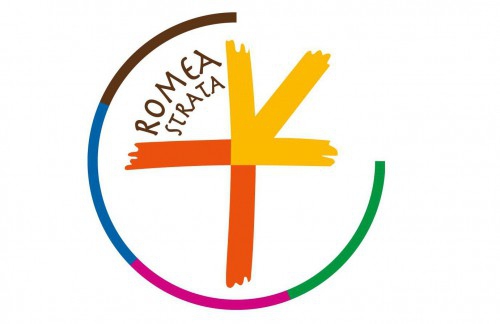The Romea Strata was an important European route, traveled by pilgrims from Central and Eastern Europe on their way to Rome: from the Baltic Sea they crossed Estonia, Latvia, Lithuania, Poland, Czech Republic and Austria until they crossed the Alps and entered the north-east of Italy through the town of Tarvisio.
The Romea Strata has always been a path of faith and culture that took pilgrims all across Europe, making them discover the continent and, above all, discover themselves. Before becoming a pilgrimage route, this path was used for multiple purposes including trade – amber, salt, iron, silk, were all being transported through this important road. This has led to the development of culture, through art and architecture that we meet today along this route, in a path of hospitality, churches, museums, and memories. The road has also been frequented by enlightened minds that have left their mark in the fields of science, such as Copernicus, Kepler and Galileo Galilei; it was furthermore a path crossed by fundamental figures who, through this route, have spread Christianity, Judaism and Protestantism.
Since December 2025, the Romea Strata trail has been officially included on the list of Cultural Routes of the Council of Europe.
A lifetime would not be enough to travel it all – to know it in all the facets it had over time, to live it in all its “layers”; hence, the origin of the name “strata” which means “road”, but also, and above all, “stratification of history and lives”.
In the Wadowice Commune, over a distance of 20 km, the trail leads through the following towns: Jaroszowice, Wadowice, Chocznia, Zawadka, Ponikiew.
Two sections run through the area of the Wadowice Commune:
Section I from Kalwaria Zebrzydowska to Wadowice coincides with the section of the Beskid Way of St. Jacob. The route winds through the beautiful landscape of the Wieliczka Hills and starts at the sanctuary of the Basilica of Our Lady of the Angels in Kalwaria Zebrzydowska and leads to Kalwaria Zebrzydowska Hill, where the chapels of the Lord's Passion are located: the Chapel of the Exposition, the Church of the Crucifixion, the Chapel of the Holy Sepulchre, the Chapel of the Finding of the Holy Cross and Anointing Chapel. Then the path leads to the top of Góra Żar (527 m) and passes the ruins of the castle of the dukes of Oświęcim. After passing Mount Żar, we descend to Łękawica, where the church of St. Joseph. From Łękawica we go up Jaroszowicka Góra (544 m) and then we cross the path over the bridge over the Skawa River and the bicycle path that leads to Wadowice,
Section II begins at the Basilica of the Presentation of the Blessed Virgin Mary in Wadowice. From Wadowice, it meanders along Karmelicka Street - passing the Sanctuary of St. Józefa - and further towards the villages of Zawadka and Ponikiew. The route continues along the Camino de Santiago to the Gancarz Pass and through the Beskid Mały Landscape Park. From the Gancarz Pass, we continue along the green trail to the PTTK Leskowiec hostel. The hostel is located on the eastern slope of Mount Jana Pawła II Groń (890 m), on top of which a small mountain chapel was built with a chapel dedicated to "mountain people", and in 1991 a steel cross dedicated to "mountain people" and a statue of St. John Paul II. There is a wonderful view of the Beskid Mały range and the Żywiecko-Orawski Beskids with Babia Góra. The trail continues south along the Small Beskid Trail through Leskowiec (922m), the Beskidek Pass, it crosses at Mlada Góra, Pietraszowa and descends to Kocoń, and then to Ślemień, where it ends at the church of St. John the Baptist.


